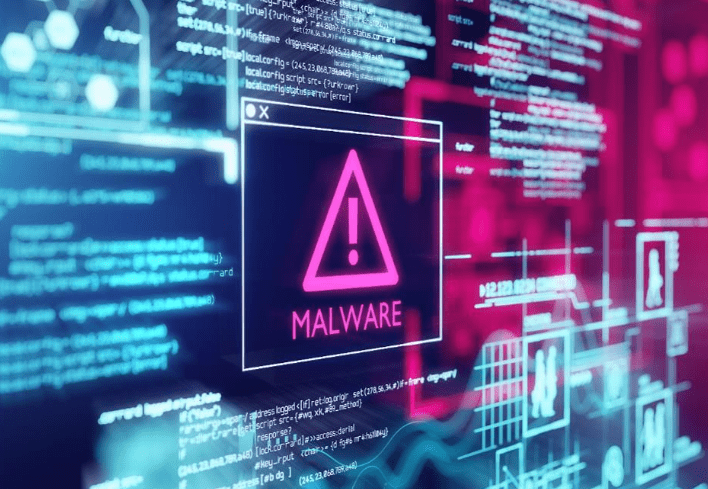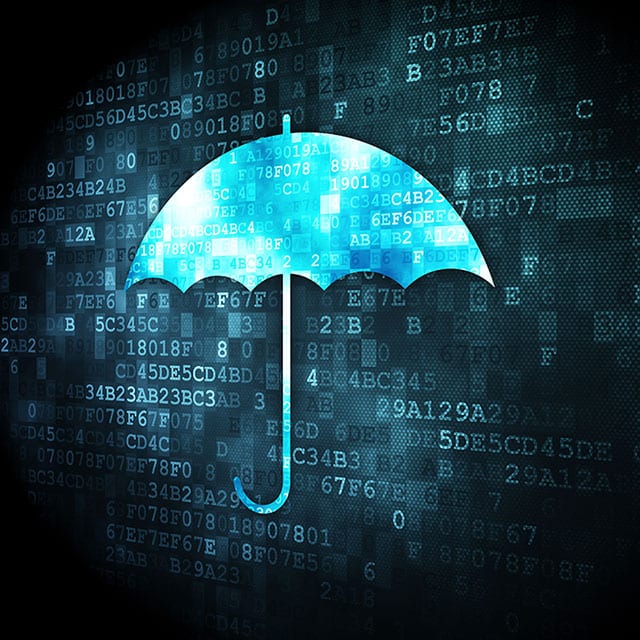If we have our suspicions about a web page that may contain malicious content we usually look for the unusual looking domain names or strange content – but rarely an image itself. Digital steganography makes hiding malware very easy. This technique uses digital content such as JPEG images, videos and audio files to hide data; making it the perfect technique for hackers to conceal nasty data that can’t be visible to users.
How it works…
In its most simple terms, digital steganography works by hiding encrypted data inside files. This is then released once opened at its final destination. Although hackers can use this technique to hide content in various different PDF, video or audio files it is generally used to hide data in image files, for example, a JPEG image. Attackers execute this type of attack by adding or replacing pixels in the image with encrypted data.
Images, website ads and banner ads are all commonly used by hackers for this type of technique because it proves very difficult for users to tell the difference between the original file and encrypted file.
The hiding of code in digital images is something invisible to the human eye – making it difficult to detect and block this type of attack. And as image files are so popular with users, most people don’t expect them to cause potential cyber attacks in the first place.
Attackers can target stock images that are common in PowerPoint presentations and websites. When employees email these image files to other employees, without realising, they are sending out malicious malware instead of what they believe to be a generic file.
The impact…
Viruses, worms, ransomware, Trojans and spyware are all different types of malware that can impact your computer in various ways. If your device becomes infected it can cause slower web browser speeds, unwanted popup ads, constant crashing and even stealing of sensitive information.
Whether you use your computer for personal or business use, you are still a target! And without any interference of a software to stop malware it can stay hidden and continue to significantly impact your computers performance.
How can you protect your business?
Detecting steganography proves to be extremely difficult and is something that can’t be blocked without the interference of trustworthy software.
Cisco umbrella works to protect you from any internet-based threats by detecting and analysing potential attacks. It then blocks any malicious sites before a connection is ever established … making it the perfect software to block you from the hidden threat of steganography.
Umbrella’s clever technology prevents malware, ransomware and phishing attempts from the internet. And because it’s a cloud-delivered software, it provides you with protection across all network devices, ports and locations. Plus it’s simple and easy to set up without the need for any hardware installs or manual software updates.
need to update your cyber security?
Get in touch with our team of experts if you need further information on how to keep your business protected from potential cyber attacks. In the mean time, why not give Cisco Umbrella a try with a 14 day FREE trial and see the benefits for yourself …








Recent Comments